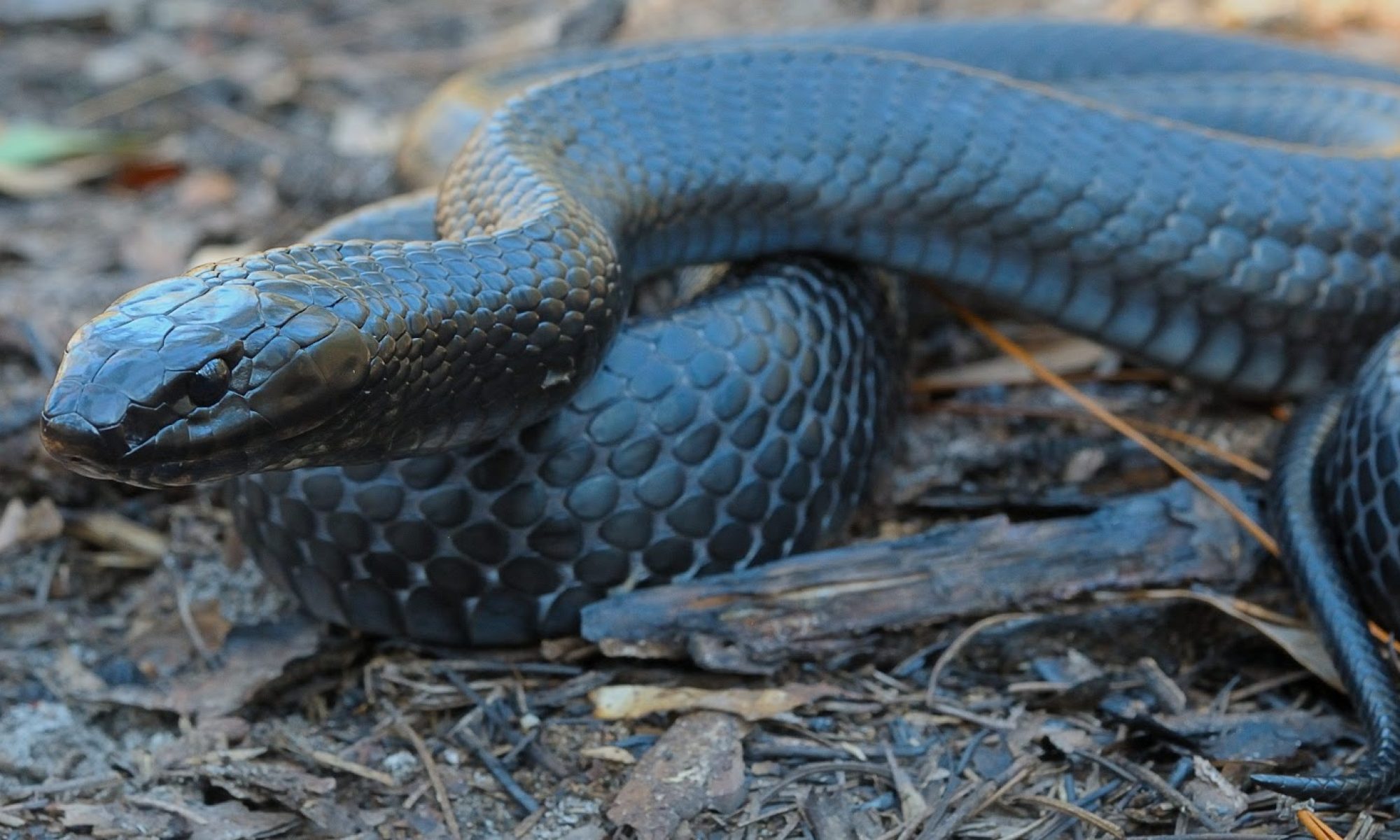Representation describes the ability of a species to adapt to changing environmental conditions over time. It is characterized by the breadth of genetic and environmental diversity within and among populations.
Identifying and evaluating representative units that contribute to a species’ adaptive potential are important components of assessing overall species viability (Smith et al. 2018, entire). This is because having populations that are distributed throughout multiple representative units may safeguard a species’ ability to adapt to environmental changes overtime. The more representation, or diversity, a species has, the more it is capable of adapting to changes (natural or human caused) in its environment. Representation of the eastern indigo snake can be described in terms of ecological (latitudinal) and genetic variability and are assessed by using the four (4) regions (Panhandle, North Florida, Southeast Georgia, and Peninsular Florida) described in section 2.4 above, as our representative units.
Ecologically, eastern indigo snakes are known to differ markedly between northern and southern populations in seasonal activity. The southern populations (Peninsular Florida) do not depend upon gopher tortoise burrows for winter shelter sites, likely because of milder winter temperatures, but are closely associated with gopher tortoises where they co-occur. The northern populations (North Florida, Southeast Georgia, and the Panhandle) are dependent on gopher tortoise burrows for overwintering shelter (Enge et al. 2013, p. 297). Genetic variability has been documented within a north-south gradient (Folt et al. 2019) as well as an east-west (Atlantic-Gulf) gradient (Krysko et al. 2016b, entire). The north-south genetic gradient is generally the same as the ecological gradient.
For the eastern indigo snake to exhibit adequate representation, resilient populations should occur across the ecological gradient which represents the ecological setting in which the eastern indigo snake has evolved. Furthermore, genetic patterns and variability that exists within the species should be maintained to enable the species’ adaptive potential.
